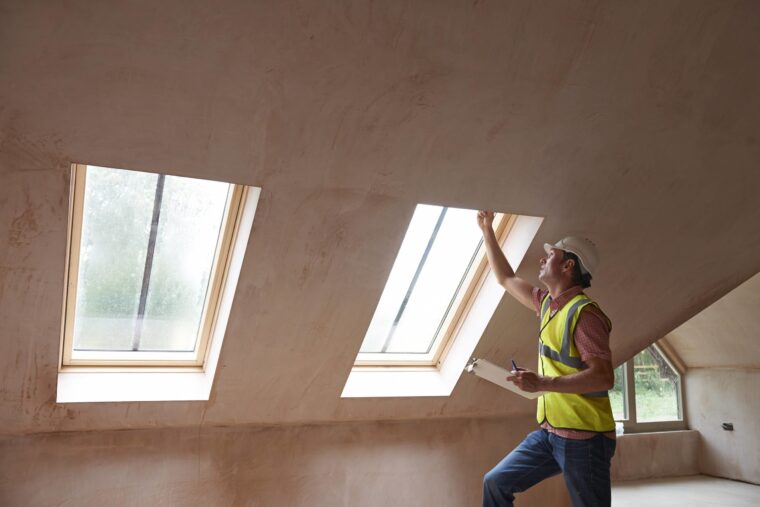Home renovations allow homeowners to upgrade and personalize their living spaces by remodeling and rebuilding parts of the residence. Popular renovations that require proper budgeting and financing include:
- Kitchen remodels: Installing new cabinets, countertops, flooring, appliances.
- Bathroom makeovers: New tiling, fixtures, vanities, plumbing, ventilation.
- Flooring replacements everywhere: New hardwood, carpets, tile, linoleum.
- Interior painting and drywall: Fresh wall colors, textures, lighting fixtures.
- Exterior facelifts: Siding, roofing, windows, doors, decks, driveways.
Major renovations often cost from $10,000 up to $50,000 or more. Without adequate savings, financing help allows projects to happen. Home equity and cash-out refinancing are common ways to fund renovations alongside home improvement loans and personal loans. Government assistance like FHA 203(k) loans may also help finance major overhauls for aging homes.
Using Home Equity to Fund Projects

Homeowners who have built up equity through mortgage payments or home appreciation can leverage this accrued value to finance renovations. Options include:
- Home Equity Loan: This term loan uses your equity as collateral, paying out a lump sum upfront to cover project costs. These fixed-rate installment loans have predictable monthly payments over a set repayment term, such as 10 or 20 years.
- HELOC (Home Equity Line of Credit): HELOCs act more like credit cards secured by your equity, giving revolving access to funds as needed up to an approved limit. The experts at Colorado based Mortgage Maestro explain that these variable rate products have interest-only periods before principal repayment on the home loan begins.
- Cash-Out Mortgage Refinancing: Refinancing an existing mortgage for more than you currently owe means you get the difference in cash to spend on renovations. This approach turns low-rate equity into spendable money but extends debt payments. Consider if project costs exceed $50,000.
Weighing Pros and Cons of Home Equity Financing

Tapping equity through loans or refinancing provides convenient access to cash for renovations without separate approval. This allows lump sum funding rather than saving up gradually in a dedicated account. They often offer better rates than other financing options, too.
Nevertheless, such borrowing draws down equity built up in the home already. It also risks foreclosure if payments become unaffordable later. It is important to consider both current income and future outlook before leveraging equity through debt products tied to the home itself.
Getting a Separate Home Improvement Loan
If you have sufficient income and good credit but little home equity so far, a home improvement loan not tied directly to your property may work better. Offered by banks, credit unions and online lenders, these personal term loans fund renovations then get repaid over 1-7 years typically.
Home improvement loans tend to have higher rates than home equity products, but do not put the property itself at risk in case of repayment issues. Lenders also offer secured improvement loans using collateral like vehicles instead of real estate equity if borrowers qualify.
Creating a Renovation Budget

Whether financing projects with equity, loans or cash, creating an accurate renovation budget matters. Be ready for surprise overages and delays almost inevitably. Budget diligently for:
- Permitting fees, contractor licensing costs, inspection charges.
- Architect, designer fees if hiring this expertise.
- Primary building materials and supplies.
- All essential equipment rentals.
- Skilled contractor labor rates and estimated work hours.
- Contingency reserve equal to 10-20% of total expenses.
Conclusion
Creating realistic budgets, analyzing financing options, and sticking to plans are key to successfully funding renovations of almost any size. Paying close attention to total project costs and repayment abilities allows homeowners to responsibly leverage equity, credit, and savings. With diligent numerical awareness and some creative thinking, you can likely find a workable home improvement financing solution.
